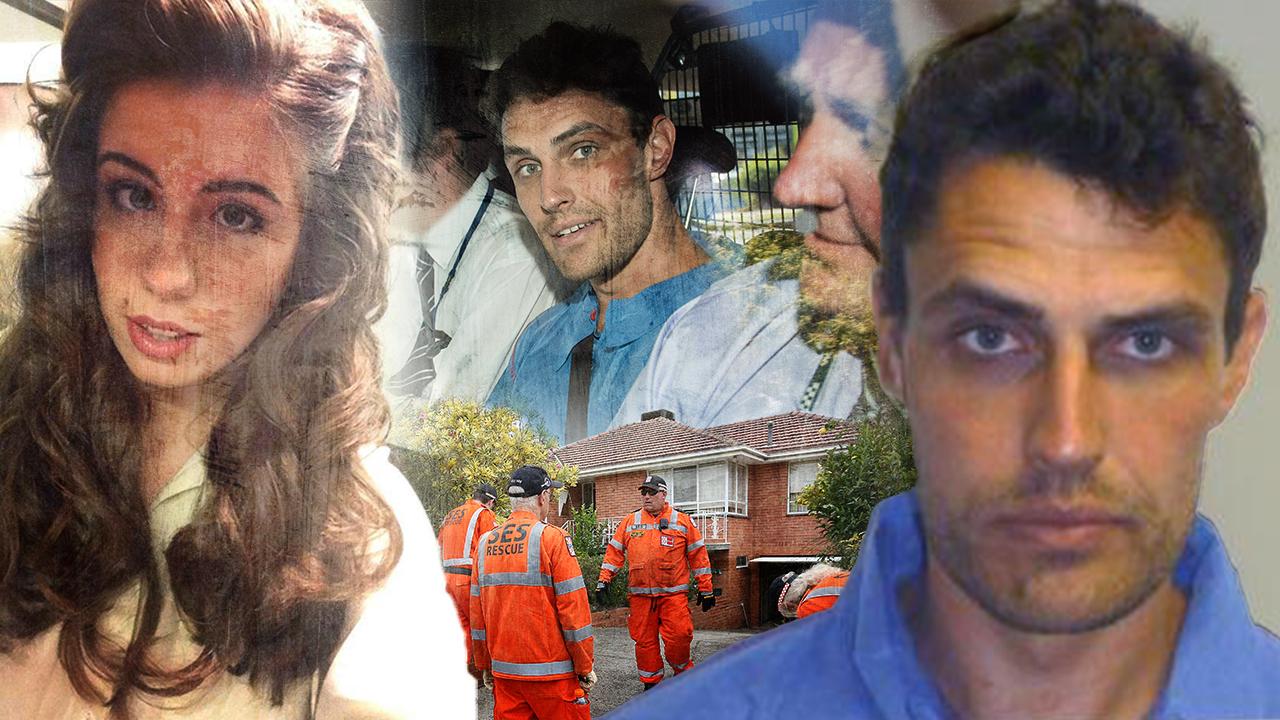Andrew Rule: The sick crime so revolting it ‘defiled us all’
June Nolte wanted the depraved men who brutally tortured and killed her 15-year-old daughter in western Victoria to be hanged. She died before political and legal dishonesty robbed her of her wish. WARNING: Graphic details.
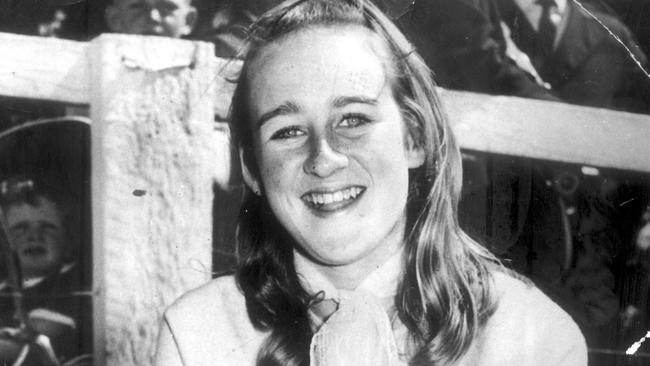
Andrew Rule
Don't miss out on the headlines from Andrew Rule. Followed categories will be added to My News.
A couple of years before Rosalyn Nolte was tortured and killed, hog-tied so she would strangle herself, a Horsham rock band played in her home town of Hamilton.
A witness from that night can’t recall the band’s name but remembers one thing clearly — the local teenager who pulled a knife on one of its members.
A knife attack, even the threat of one, was a shocking thing in 1960s rural Australia, especially in the “wool capital” of the Western District.
The knife wielder was Christopher Lowery, wayward son of Hamilton bricklayer Bill Lowery.
“Chris Lowery was just bad,” recalls a former policeman who grew up in Hamilton in the 1960s and saw Lowery’s progress from cruel school bully to something darker.
He recalls watching Lowery “go off” in a basketball game as a young teenager, ranting abuse and grabbing the ball and kicking it into the roof of the stadium.
Kicking a basketball doesn’t matter in itself but the behaviour was a glimpse into the mind of an outlier — a psychopathic sadist lacking self-control, as a psychologist would later label him. Cunning and manipulative with it.
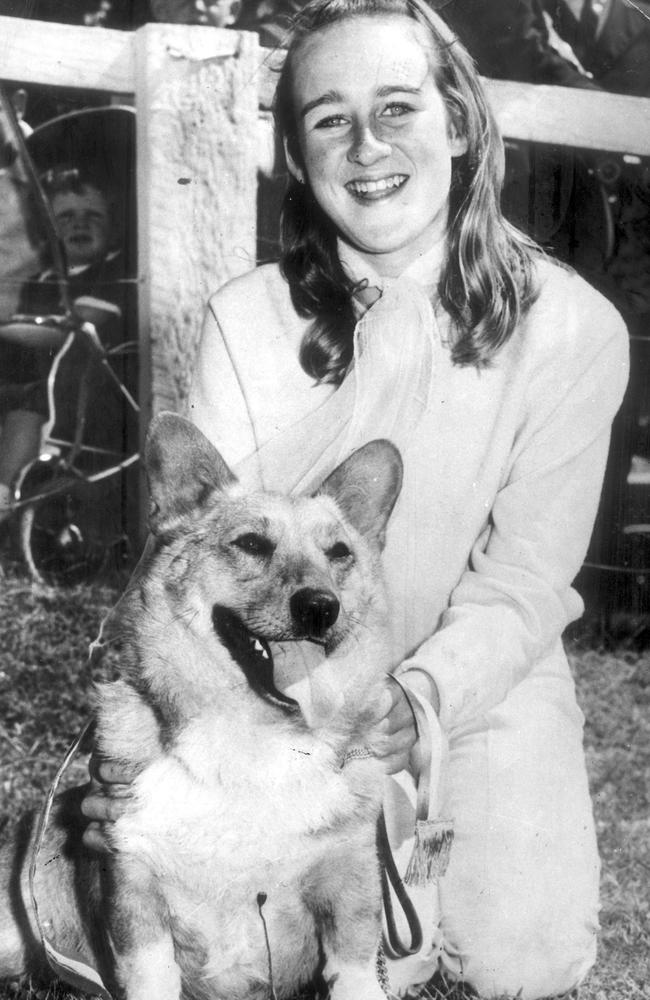
There’ll be other examples of Lowery’s twisted nature but those who witnessed it are either dead or not talking.
It was almost certainly Lowery who suggested committing an act of pure evil as casually as choosing a film or different brand of bourbon. It was at motorcycle races at Mt Gambier a month before the murder, in late December 1970.
“I wonder what it’d be like to kill a chick,” he said to Charlie King, who was intelligent but weak. Too weak not to go along with Lowery, who radiated an evil energy that made him pack leader of a pack of two.
King would later dismiss the Mt Gambier conversation as Lowery “mucking around”. But when Lowery raised it again back in Hamilton on the Australia Day long weekend, King didn’t dismiss it. He agreed to it, later blaming the effect of drugs for his going along with the satanic plan.
They were parked in the main street in Lowery’s blue panel van when an 18-year-old girl they knew, Kevina Butterworth, approached.
Lowery’s teenage wife, Hazel, was eight months pregnant at home in their flat but that never worried Lowery.
“What’s it worth to drive you home?” he said to Kevina, who laughed off the brazenly suggestive proposition by retorting “Nothing!”
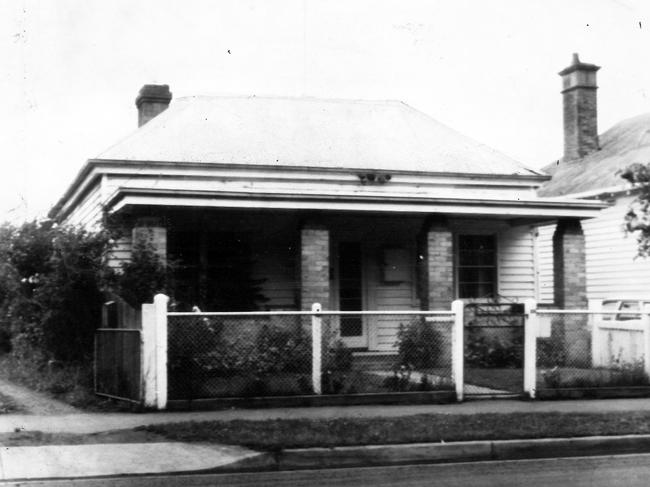
She did get in the van briefly and, she later testified, Lowery punched her on the shoulder and kicked her but she took it as “horse play”.
But what happened to the next girl to sit in the van that evening wasn’t horse play. She was smaller, younger, perhaps less sure of herself, keen to be noticed, more vulnerable.
Rosalyn Nolte was the only child of June Nolte and her former husband, shearer Ivan Nolte. June’s father Roderick McCallum had a dairy farm at nearby Wallacedale where mother and daughter had lived before all three had moved into town.
June and Rosalyn were dog fanciers and had six between them, which they took to local shows. It was one of these, Rosalyn’s corgi Jodie, that she took for a walk about 8pm that Sunday.
Dogs have to be walked but, on a Sunday night on a long weekend, the chore clearly dovetailed with a bored teenager’s desire to see who was “down the street”.
Local youths parked in the main street to watch girls walk past. Australia laughed a few years later when Bob Hudson sang his hit “The Newcastle Song” about hoons in cars chasing “sheilas”, but there was plenty about living in the 70s that wasn’t funny.
On the last night of January, 1971, a 15-year-old girl weighing about 45kg got into a car with two older teenagers she knew fairly well. She didn’t know they were planning to “kill a chick” and had just picked her.
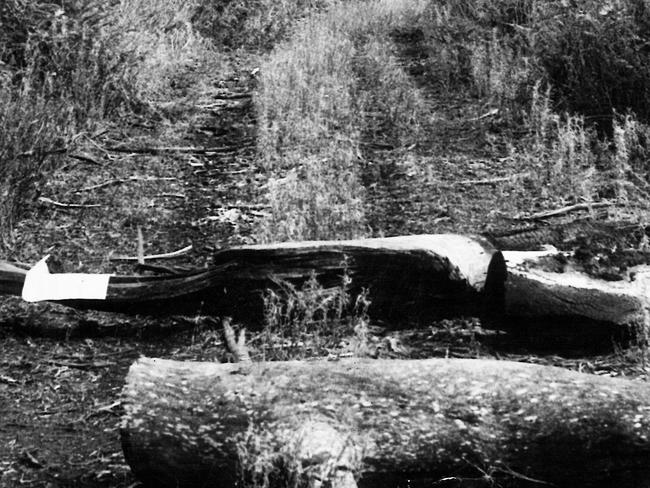
When Rosalyn and her corgi didn’t come home, June Nolte was frantic. She called the police and stayed awake all night. The search started next morning.
Almost from the start, police were looking hard at teenagers from around town — but also drop-ins who mixed with the locals at the pool room and cafe.
Witnesses had seen Rosalyn approach a green and white EH Holden and take a ride in it to the other end of the town. This greatly interested the police until a policewoman visited the King family on Tuesday night, as she lived nearby and was friendly with them. She innocently asked Charles King if Rosalyn had a boyfriend.
King said he didn’t know Rosalyn that well — then he volunteered that she had been “OK” when he and Lowery had dropped her outside the Commercial Hotel not far from her home on Sunday night.
This was news to the police, and would assume greater importance after Rosalyn’s body was found, proof she hadn’t run away.
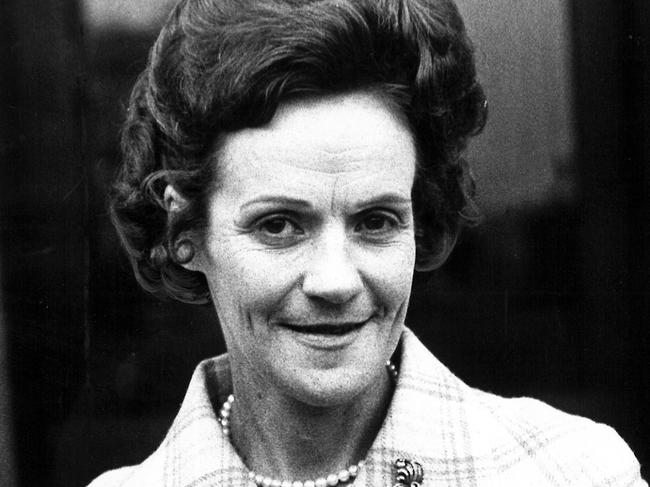
When police interviewed Lowery and King, they said Rosalyn had approached them while they were parked in Gray St shortly after 8pm. They said they’d driven her a few hundred metres to the Commercial Hotel corner not far from her home.
After Rosalyn got out, they claimed, they’d picked up a hitchhiker and driven to Coleraine before returning and filling in time watching TV and (which was true) going to a midnight horror movie at the Hamilton drive-in.
June Nolte feared the worst from the start. So did everyone else when a farmer found Rosalyn’s corgi on the Tuesday, wandering a track that hit the Port Fairy road a few kilometres from town near the Mt Napier bush reserve.
Next day the police took the little dog back to the Mt Napier bush. He led them to a scene none of them could ever forget.
The horror could not be contained. Details soon leaked from shocked searchers to appalled townspeople.
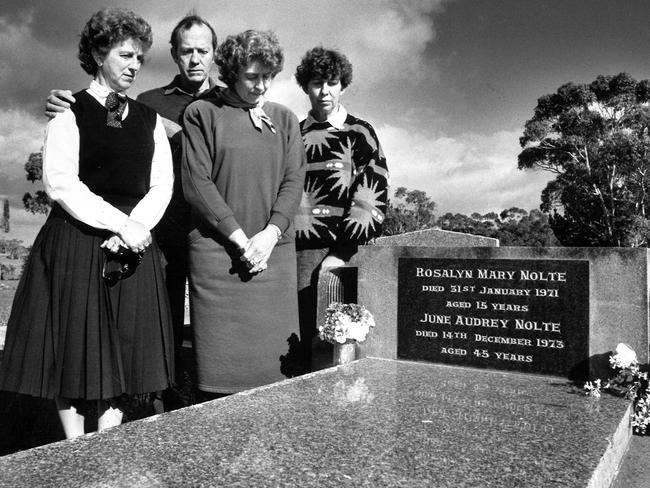
Ian Livingstone, who covered the story for The Sun newspaper as it unfolded, and later in court, would later write a searing denunciation of the killers and those who let them out of prison decades too soon.
“They stripped her, kicked her, bashed her, kicked her some more, dragged her naked body through the scrub and across the stony ground, broke her arm, let her put her arms around them and beg for mercy, laughed and sneered and kicked her some more, lit matches in front of her face so they could revel in her suffering …
“Death, when it finally came, was the only act of mercy which Christopher Russell Lowery and Charles Ian King permitted that night for a girl who had taken her pet corgi for a walk.
“There are murders and murders. Some are private tragedies and you grieve for the killer as well as the victim.
“Some are the result of feuds, or the culmination of underworld ‘business’. Unpleasant — but you can understand them.
“And then there are Lowery and King and a crime which is so revolting that it defiles us all.”
Electrical flex had been looped around Rosayn’s throat in a slipknot and tied behind to her legs in a position that meant any movement would strangle her. Not just deliberate but planned.
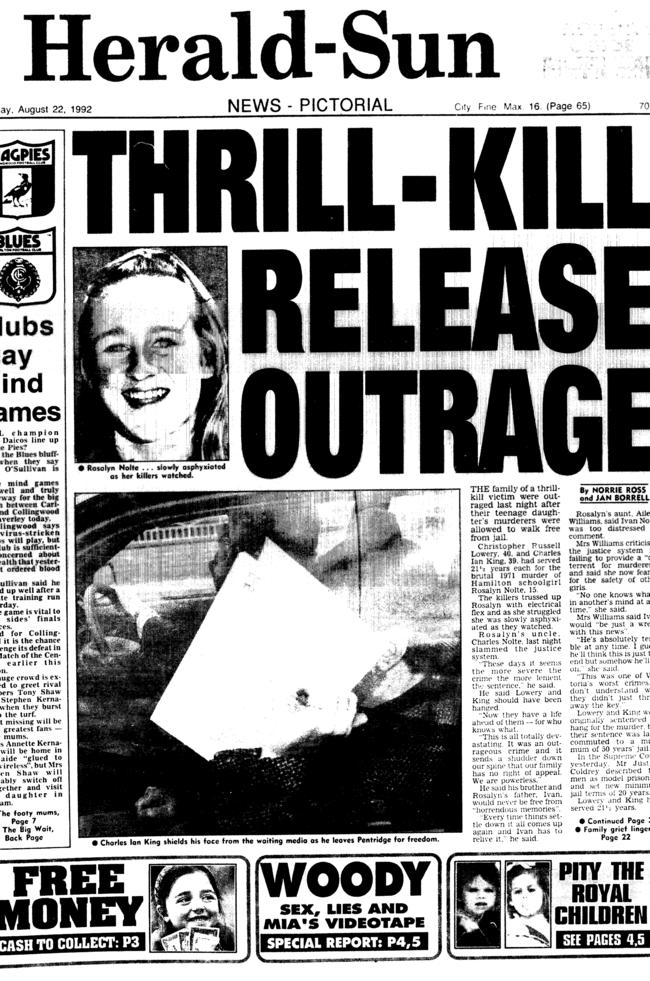
Later, stories circulated that she had been burnt with cigarette butts and dragged behind the car. Beyond belief.
Everyone in the district knew that Lowery and King were being questioned. There was nothing to support their claim they’d driven to Coleraine with a hitchhiker. There was only one reason why they’d confect such a lie.
Lowery and King had lied to police before. The panel van legally belonged to Bill Lowery’s building business. When Lowery junior had damaged the car in a collision months earlier he’d tried to dodge blame by claiming the van had been stolen, a lie backed up by his lying friend, King.
Lowery, 19, had almost finished his bricklaying apprenticeship. He was short but muscular, with heavy shoulders.
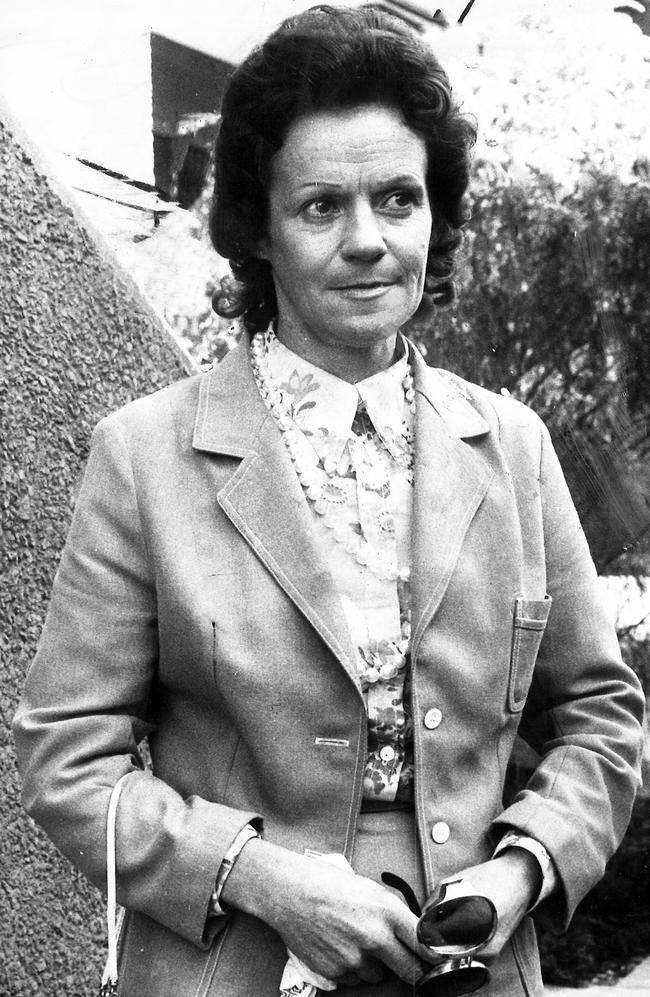
King, 18, was taller but milder than the pugnacious Lowery. He was working in his grandparents’ store after returning from Melbourne, where he had failed a half-hearted attempt to become a telephone linesman, and had also developed a taste for drugs and bad company in the form of the Hell’s Angels Nomads.
Lowery and King stuck to the hitchhiker alibi when re-interviewed on the Thursday but caved in when homicide detectives split them up and turned them against each other on Saturday.
Besides, there was proof. A diligent cop in the fingerprint section found a print on a beer can at the murder scene that was “identical with the left middle finger of Lowery.” The fingerprint man was Kel Glare, later to be chief commissioner.
The “mates” blamed each other with increasingly elaborate stories. By the time it got to court, King claimed he’d been tripping on LSD, unaware Lowery was committing murder. But Lowery claimed he was frightened of King, the “real killer”.
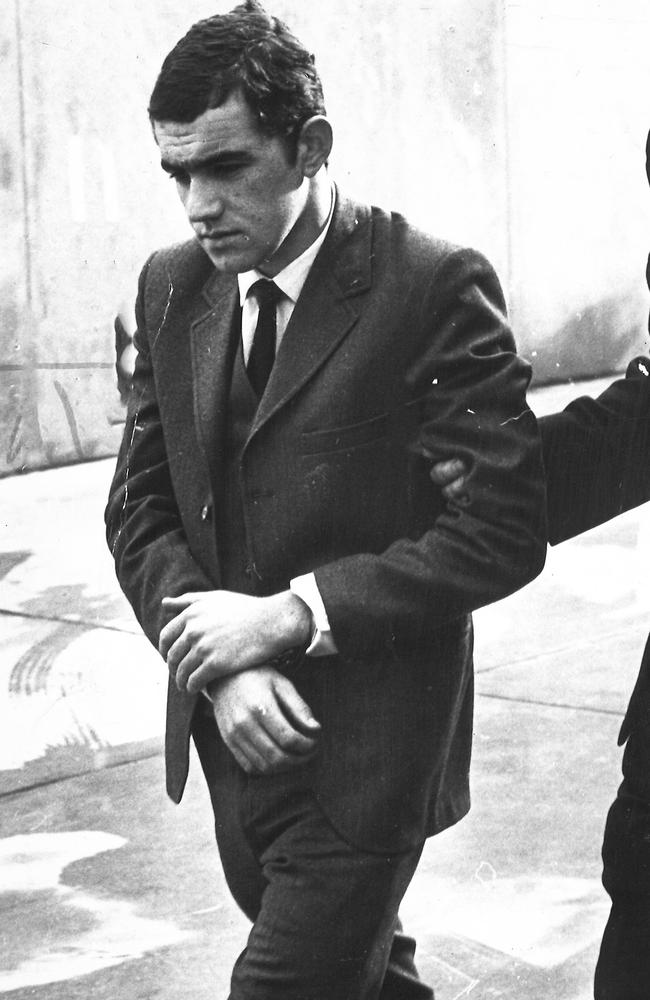
Psychology professor Francis Cox labelled Lowery a psychopath and sadist. A second jury had to be empanelled after a juror in the first had a total breakdown when shown the terrible crime scene photographs.
Despite the best efforts of the finest defence counsel of the time, the second jury took less than two hours to reach a guilty verdict.
As they left court, King looked ashamed but Lowery smiled and tried a victory wave until a policeman ripped his hand down.
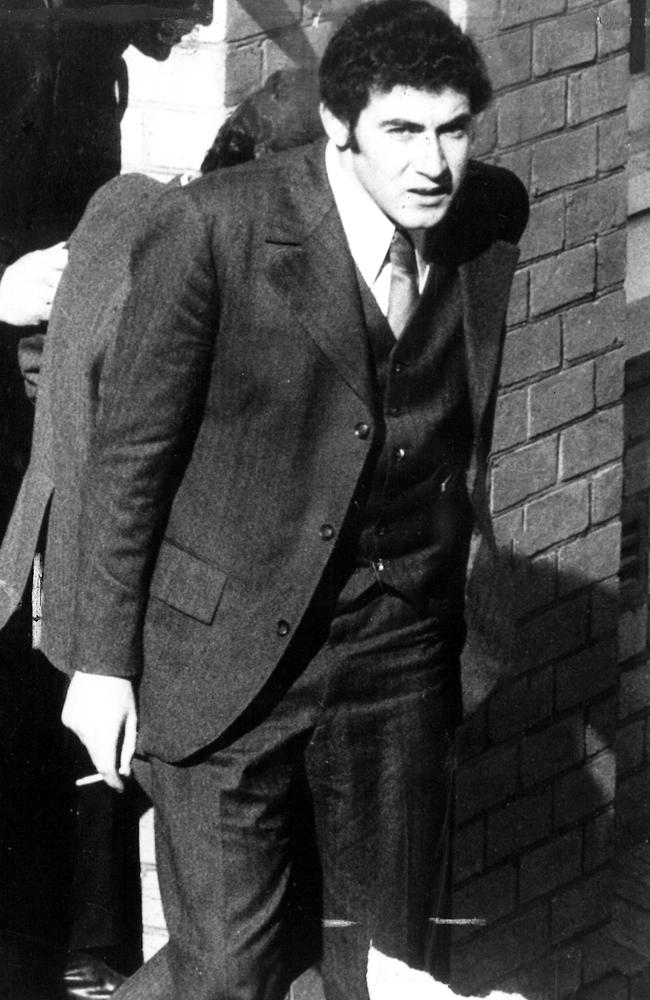
Reporter Livingstone was driving behind the prison van with a female passenger. Lowery made obscene gestures to her from the van windows.
Lowery and King were formally sentenced to death and were often referred to as the last condemned prisoners in Victoria. When their sentences were commuted to long terms of imprisonment, it effectively ended the death penalty in this state because no one could imagine a case more deserving of execution.
June Nolte, just 45, died of a brain tumour in 1973 and her father died three months earlier. Each was destroyed by the torture of knowing how their Rosalyn had suffered. Their early deaths meant they didn’t see the system betray them.
June Nolte had wanted to see the killers hanged, as did most people in Hamilton. But she accepted that a minimum 50-year sentence was just. She was cheated, after her death, by political and legal dishonesty.
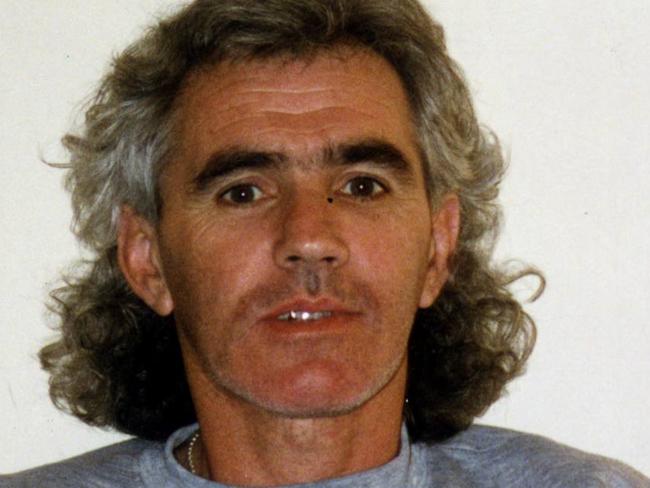
Just 16 years after being sentenced, King was being given unescorted overnight leave in 1987 from the soft Beechworth Prison, and the following year was allowed to stay overnight with a woman in Northcote.
In 1992, both Lowery and King were released after 21 years of the 50-year “minimum”.
Lowery was a low-rent criminal, a violent drug-taking thief, right up until his death in 2007. King, a poster boy for rehabilitation, was living anonymously in Melbourne’s northern suburbs.
In 2014, the Sunday Herald Sun revealed that a bureaucratic “bungle” had let King work with vulnerable people for 11 years as a maintenance manager at a Corpus Christi hospice in Greenvale.
He was a good worker. He had children to feed and keep safe.


